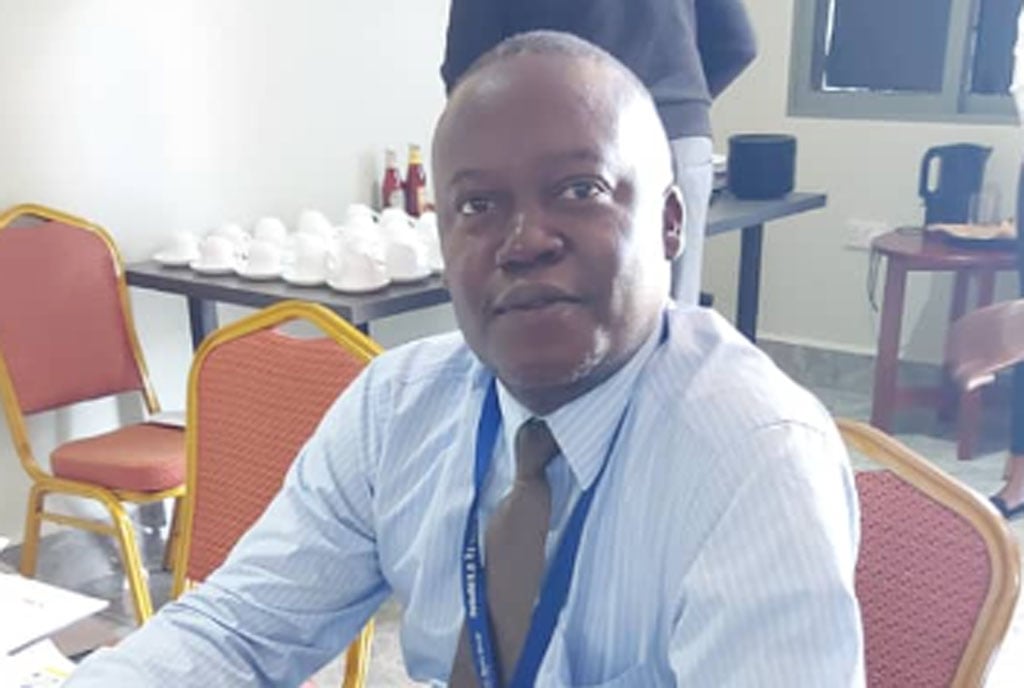Prime
Dirty cars raise Jinja bridge maintenance costs - Unra

The Source of the Nile Bridge in Jinja City was illuminated with blue, yellow and brown, which are the official Busoga Kingdom colours on November 17, 2023. PHOTO | PHILIP WAFULA
What you need to know:
- The Shs313b cable stay bridge over the Nile, with a 120-year lifespan, was officially opened in October 2018, with the government of Japan fully bankrolling the project
The Head of Bridges and Structures at Uganda National Roads Authority (Unra), Eng Lawrence Pario, says dirty vehicles are increasing maintenance costs of the New (Source of the Nile) Bridge in Jinja City.
The Shs313b cable stay bridge over the Nile, with a 120-year lifespan, was officially opened in October 2018, with the government of Japan fully bankrolling the project.
Zenitaka Corporation and Hyundai Engineering and Construction Company from Japan and South Korea respectively erected the overpass.
As contract manager, Eng Pario was responsible for certifying various stages of work for payment during progress, completion, ensuring quality assurance, and quality control of works for compliance with specifications among other roles.
But he says wherever these dirty trucks and vehicles are coming from, they are increasing the cost of cleaning the New Bridge.
“The Bridge is currently fairly clean, but our problem is village vehicles which come with mud. Mud is soil the trucks print on the highway,” Eng Pario said in an interview with the Monitor on Monday.
While Eng Pario is non-committal on how much is spent on maintaining or cleaning the New Bridge, he says “driving across it with a dirty vehicle is like walking in your house with muddy feet”.
Subsequently, he says they are in the process of procuring operation and maintenance equipment, including road sweepers, high jet washers, and bridge inspection vehicles among others to improve the cleanliness of the road and bridge.
“We saved money and it will be used for operations and maintenance so that in future as you drive, the cleanliness will be better,” Eng Pario said.
Drivers speak out
Mr Saadi Alibawa, a coaster driver, urges Unra to extend low-cost sealing to some kilometres before the main road so that it “dusts off” the mud before vehicles join the mains.
According to Mr Alibawa, most roads in Busoga Sub-region are worsened by the sugarcane trucks that bring a lot of mud from gardens and are picked up by taxis.
Mr Ashraf Galandi, a taxi driver from Nankandulo, Buzaaya in Kamuli district, says most drivers of old vehicles prefer driving through rural, usually muddy roads, in order to dodge traffic officers who man the main roads.
Mr Alexander Waiswa, also a taxi driver, says if authorities want to avoid soiling at the New Bridge, they should let trucks start using the Old Bridge like boda boda riders do.
Mr Dominic Mbalumya, another driver, says soiling at the New Bridge is because most roads which connect to Jinja City are marram; therefore, vehicles pick up the soil from the muddy roads around.
Mr Ibrahim Bogere, a truck driver who plies the Namayingo-Kampala route, says the current heavy rains have made most roads nearly impassable in rural areas, which makes their trucks dirty.
Mr Sylvester Ngaga, another truck driver, asks Unra to deploy free car washing services so that whenever trucks arrive at the New Bridge they are first washed before being allowed to proceed.
Eng Pario says such trucks and vehicles carry goods for economic development and suggests that roads which feed the economy be fitted with low-cost seals to enable farmers to sell goods on clean roads.
He describes the Bridge as “the most economic road in Uganda which sustains over 90 per cent of the Ugandan economy”.
Honouring Kyabazinga
When Kyabazinga William Gabula Nadiope IV tied the knot with Ms Jovia Mutesi on November 18, Eng Pario says they lit and laid out a red carpet on the Bridge in his honour.
On the eve of the Royal Wedding, the Bridge was illuminated with blue, yellow and brown, which are the official Busoga Kingdom colours.
Asked how much it costs for such undertakings, Eng Pario said it is “more than Shs1m” per night, but they usually limit the illumination to a maximum of four hours to save on electricity bills.





